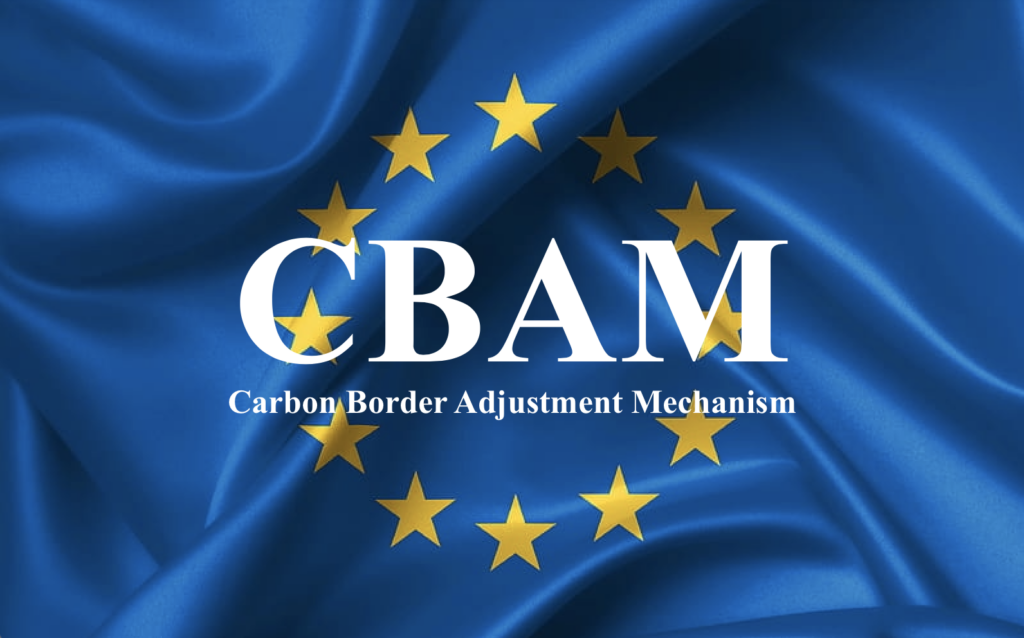The European Union imposes rules to reduce CO2 emissions from the production of goods, but other countries and groups of countries apply fewer or none. To prevent these countries from enjoying an unfair competitive advantage, the Carbon Border Adjustment Mechanism (CBAM) was created. This has important implications for importers, who must report extensively and pay for emission rights. We want to inform you about this.
The CBAM was designed by the European Commission to regulate carbon emissions in the context of international trade. To achieve this, the EU is going to impose a tax on the importation of goods based on their production’s carbon footprint. The CBAM aims to create a level playing field between companies in countries with strict climate measures and those in countries with less stringent regulations in this area.
Thus, the CBAM has both economic and environmental objectives: it aims to ensure fair competition on the one hand, and increasing pressure on countries and companies to reduce their emissions on the other.
Initially, six products are being targeted by the EU: cement, fertilisers, iron and steel, aluminium, hydrogen and electricity.
Complex rules
The mechanism is based on a benchmark per tonne of goods produced. This value depends on the energy (carbon) consumed to produce it. Importers pay a tax on the difference between the actual emissions of the imported product and the established benchmark. This requires them to provide specific information to calculate carbon emissions from imported goods. If a commodity is produced partly in the EU (or in an equivalent country such as the UK), then the corresponding value may be deducted.
Importer is responsible
Please note that it is the importers who are responsible for providing the necessary information that serves to calculate the carbon emissions of imported goods and set the corresponding taxes.
Unlike customs declarations, for example, Transuniverse cannot do the reporting of these emissions data. This means that as an importer, you are liable for collecting and providing the relevant data.
The transition phase has already started
The mechanism will come into force on 1 January 2026, but a so-called ‘trial and learning period’ is provided for. This transition phase started on 1 October 2023 and runs until 31 December 2025. During that phase, you will need do the calculations every quarter and pass them on to the CBAM Committee.
From 1 January 2026, you will actually have to pay the tax by submitting “CBAM certificates”. These certificates must be bought on the primary market at the weekly price for emission rights determined according to the Emissions Trading System (ETS).
Be prepared!
As stated above, as an importer, you are responsible for reporting and (from 2026) paying for the rights. We therefore advise you to find out more and get organised so that you are fully ready when the CBAM effectively becomes paying, after the transition period.
More information on how CBAM works can be found on this Belgian government site:
https://klimaat.be/klimaatbeleid/europees/cbam
In the CBAM transition period, the EU is providing a set of default values. These refer to preset emission values used when specific data on the carbon intensity of certain goods are missing. More information on these values can be found here:

